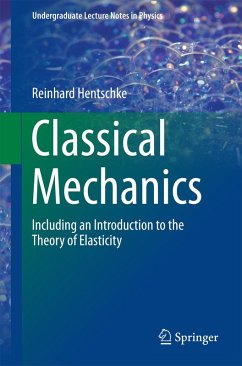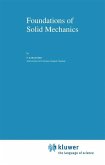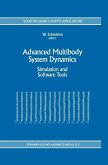This textbook teaches classical mechanics as one of the foundations of physics. It describes the mechanical stability and motion in physical systems ranging from the molecular to the galactic scale. Aside from the standard topics of mechanics in the physics curriculum, this book includes an introduction to the theory of elasticity and its use in selected modern engineering applications, e.g. dynamic mechanical analysis of viscoelastic materials. The text also covers many aspects of numerical mechanics, ranging from the solution of ordinary differential equations, including molecular dynamics simulation of many particle systems, to the finite element method. Attendant Mathematica programs or parts thereof are provided in conjunction with selected examples. Numerous links allow the reader to connect to related subjects and research topics. Among others this includes statistical mechanics (separate chapter), quantum mechanics, space flight, galactic dynamics, friction, and vibration spectroscopy. An introductory chapter compiles all essential mathematical tools, ranging from coordinates to complex numbers. Completely solved problems and examples facilitate a thorough understanding of the material.
Dieser Download kann aus rechtlichen Gründen nur mit Rechnungsadresse in A, B, BG, CY, CZ, D, DK, EW, E, FIN, F, GR, HR, H, IRL, I, LT, L, LR, M, NL, PL, P, R, S, SLO, SK ausgeliefert werden.
"This textbook on classical mechanics is intended for physics students, who encounter the subject as a part of their undergraduate curriculum in theoretical physics. However it could be used in Mechanics courses for Engineering students as well. ... I stress that the book is a welcome addition to the textbooks on Classical Mechanics and I strongly recommend it for Physics and Engineering students." (Teodor Atanackovic, zbMATH 1364.70002, 2017)









